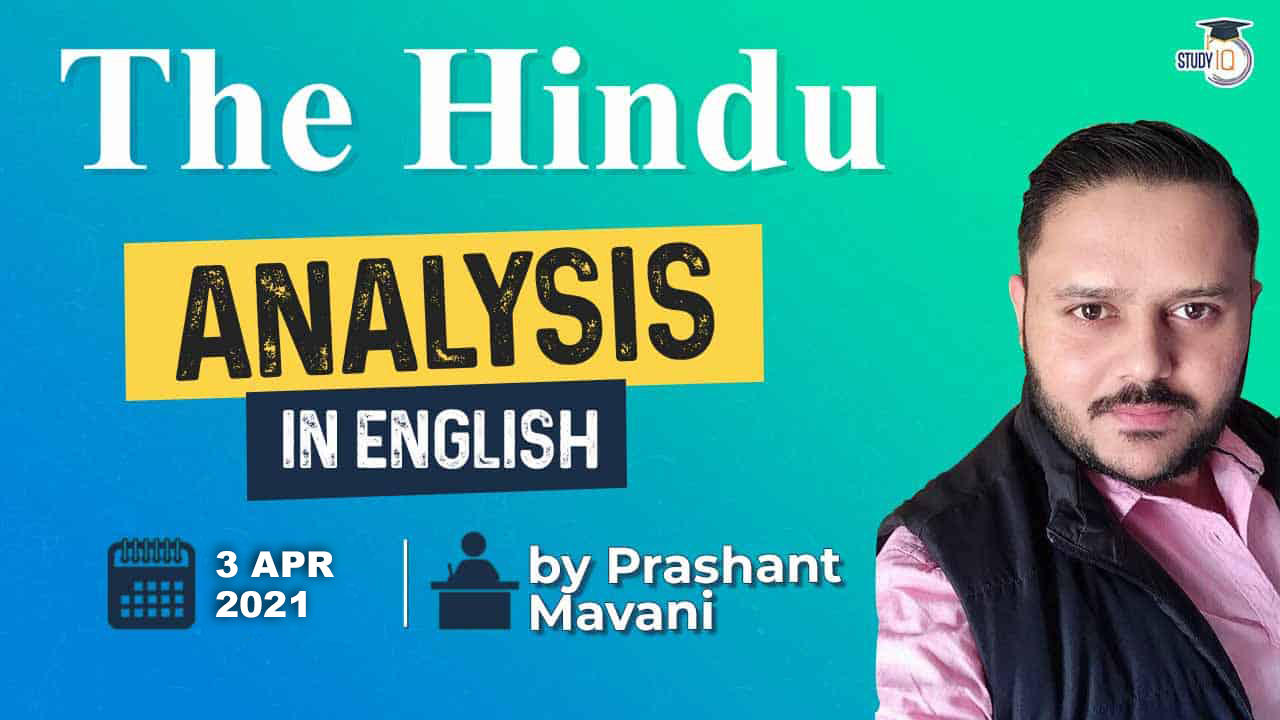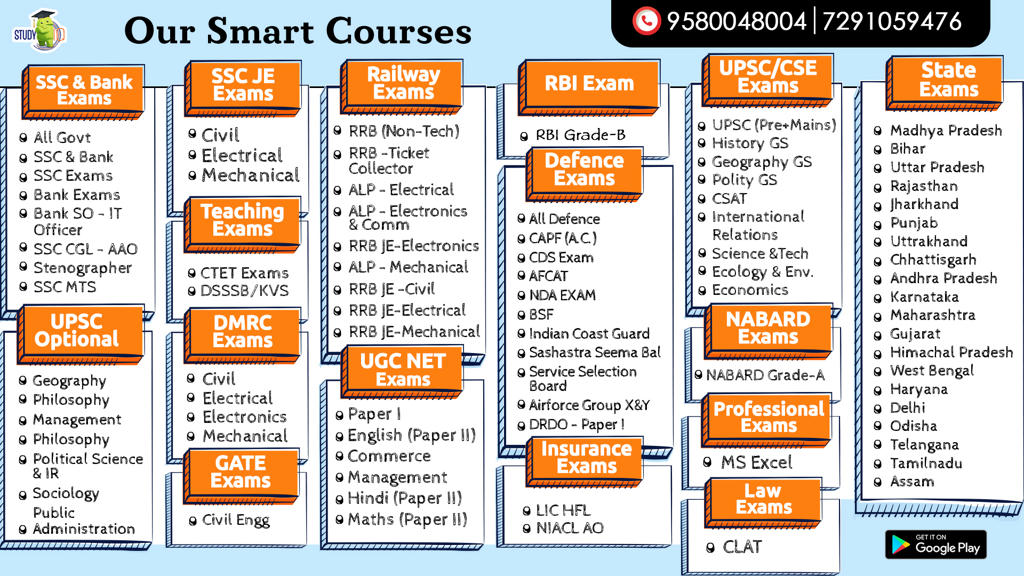Table of Contents
- Right to vote
- Mozambique
- 9 months
Q. ) GoI has announced the prestigious Dadasaheb Phalke Award for _______
- Suhasini
- Amitabh Bachchan
- Lata Mangeshkar
- Rajnikanth
Q. ) India received 4th batch of three Rafales. How many Rafales we have in service now?
- 10
- 14
- 20
- 25
Q. ) Which country has recently lifted ban on TikTok?
- India
- USA
- Pakistan
- Bangladesh
Double Vision | ToI
- Pakistan said it will allow imports of sugar, cotton and yarn from India
- In less than 24 hours, it made a U-Turn
- February 2021 ceasefire agreement between us
- The proposal was seen as a positive sign

- China is in a “wolf warrior” mode
- Creating issues at LAC
- Talking about Kashmir etc
- This makes few in Pakistan very happy
- Smarter people in Pakistan realise that placing all their eggs in Beijing’s basket is fraught with high risk.
- Taliban’s current status is victory for Pakistan
- Pakistan’s economy has been hurting due to its investment in jihad, linked to its anti-India posture.
- Inflation jumped to 9.1% in March; if sugar imports from India had gone ahead it would have slashed prices by up to 20% for Pakistani households.
Who’s Afraid Of Net Zero Target? | ToI
- The pledge by more than 120 countries to achieve “net-zero” emission by the mid-century.
- China: before 2060
- USA: before 2050
- Being the third-largest emitter, there is pressure on India to announce its commitment as well.

- DEFINITION: Net zero or carbon neutrality means that the amount of CO2 produced by a country is balanced by the amount removed from the atmosphere.
- According to the Intergovernmental Panel on Climate Change (IPCC), to limit the global temperature increase to 1.5°C, global net CO2 emissions should decline by about 45% by 2030, reaching net zero around 2050.

- Many argue that net zero is not equitable and fair as it does not differentiate between developing and developed countries in sharing the burden of mitigation.
- Another argument is that it will limit India’s development potential.
- Some also criticise mid-century net zero as allowing uncontrolled emissions today while relying on uncertain technologies to offset emissions in the future.
- Finally, many net zero pledges are premised upon trading and offsetting emissions, allowing the rich to continue emitting and buying their way out.
- There is some merit in scepticism.
- Developed countries have shifted the goalposts on climate action
- Failed to keep financial and technological promises
- Declaring a carbon neutrality target is inevitable for every country to meet the 1.5°C goals
- In three decades of climate negotiations, we have primarily been a reactive party, not a proactive one shaping the discussion.
- With net zero as well, we face a choice – either reject the idea citing equity and fairness or embrace and remould it to achieve climate goals and secure our developmental space.
- Net zero should be built on self-differentiation, a cornerstone of the Paris Agreement.
- The net zero target has to be flexible.
- While net zero is the ultimate goal, the Nationally Determined Contributions (NDCs), due every five years, are the means to achieve the goal.
- Net zero has to be legally binding.
- The rapid transition required in the next 2-3 decades will disrupt the economic and social fabric of fossil-fuel dependent regions.
- Achieving net zero over the next 3-4 decades is very much possible for India.
- We are developing at a time in history when low/ no-carbon technologies will grow exponentially.
- A well-designed net zero plan will be an opportunity for us to pole vault to a green future.
- The bottom line is we are one of the most vulnerable countries to climatic disruptions.
- It is, therefore, in our interest that a serious effort is made globally to meet the 1.5°C goals.
- In this endeavour, we can either be a bystander or a leader.
Prudence prevails
- Department of Economic Affairs announced that the inflation target for the quinquennium ending on March 31, 2026, will be 4%, with an upper tolerance level of 6% and a lower tolerance level of 2%.
- Economic Affairs Secretary Tarun Bajaj said that the framework’s parameters would remain unchanged from what had prevailed in the five years that ended on March 31.
- The government’s announcement is a welcome step in reiterating that inflation targeting remains the centrepiece of the monetary policy framework and signals that the fiscal and monetary authorities are in lockstep in ensuring the primacy of price stability as the bedrock for all macro-economic development.
- The latest Consumer Price Index data show retail inflation accelerated by almost 100 basis points to a three-month high of 5.03% in February, with food and fuel costs continuing to remain volatile.
- Also, with the prices of multiple raw materials on an upward trajectory, an IHS Markit India Business Outlook survey last month showed companies were planning to raise selling prices over the coming 12 months to cope with rising costs.
- In February, the RBI’s researchers authoring its Report on Currency and Finance — themed ‘Reviewing the Monetary Policy Framework’ — made clear that the framework had served the economy well, attested by a decline in inflation volatility and more credible anchoring of inflation expectations.
Taking fire safety seriously | FPJ
- Last week’s blaze in Bhandup’s Sunrise Hospital, which claimed 11 lives, comes just two months after the one at Bhandara, Maharashtra, where ten premature babies died in the civil hospital as the electrical warmer in which they were placed caught fire at night.
- Mulund’s Apex hospital in October 2020, where two critical patients died while being shifted, and at Marol’s ESIC Kamgar Hospital in December 2018, where nine lives were lost
- The list of fires in Covid hospitals across India is depressingly long: in August last year, eight perished in Ahmedabad and 11 in Vijaywada, while five died in Rajkot.
- Global Disease Burden Study of 2017: India accounts for one in every five serious fire accidents of the world.
- Researchers for the International Journal of Community Medicine and Public Health examined 33 fires during 2010-’20 in Indian hospitals with over 100 in-patient beds and found that four out of five were caused by electrical short circuits, with the air-conditioner being the major culprit.
- And three out of four fires occurred at night.
- Wiring is unable to bear the load of heavy-duty hospital gadgets: Dr R K Dave, formerly with the National Disaster Management Authority
- It is another matter that many of them don’t even ensure the basics: smoke alarms and sprinklers, a safe exit plan, a staff trained to tackle emergencies, fire audits and mock drills twice a year.
- The 2011 AMRI hospital fire in Kolkata, where 93 perished, originated in a short circuit and fed on combustible substances illegally stocked in the basement parking.
- Hospitals though are not the only tinderboxes; restaurants top the list.
- Who can forget the fire in the two upmarket pubs at Mumbai’s Kamala Mills Complex in December 2017.
- For the record, 762 hospitals and nursing homes, including three government and 46 BMC hospitals, were found non-compliant with fire safety rules in a survey conducted by the Mumbai fire brigade after the Bhandara hospital fire.
- Their fire-fighting systems were non-functional.
- In the study published by the International Journal of Community Medicine and Public Health, only 19 of the 33 hospitals examined were found to have functional firefighting systems.
- And as the Uphaar tragedy shows, victims have to fight for years to get a semblance of justice.
- The 1997 fire in the posh Delhi cinema hall killed 59 people but it was only in 2015 that the owners, the Ansal brothers, were convicted. By this time, they had grown old, which helped them get away with minimal jail terms.
NEWS
- Centre asks States and UTs to take effective measures to contain Covid 19
- India achieves milestone of administering more than seven crore doses of corona vaccine
- Campaigning gains momentum in poll-bound States and UT; PM Modi to address rallies in Assam, West Bengal today
- Railway logs highest ever route electrification in single year
- India’s biggest floating solar power plant to be set up at Ramagundam in Telangana
- CBSE not to reduce syllabus for students of classes 9 to 12 for academic year 2021-22
- Indian Army to participate in Multinational Military Exercise ‘Shantir Ogroshena -2021’ in Bangladesh
- Ambassador Vikram Misri interacts with representatives of Indian industry in Shanghai
- BIMSTEC finalises Connectivity master plan for Bay of Bengal region
- Ashleigh Barty to clash with Bianca Andreescu in Women’s singles final of Miami Open today.
Download Free PDF – Daily Hindu Editorial Analysis






















 WhatsApp
WhatsApp